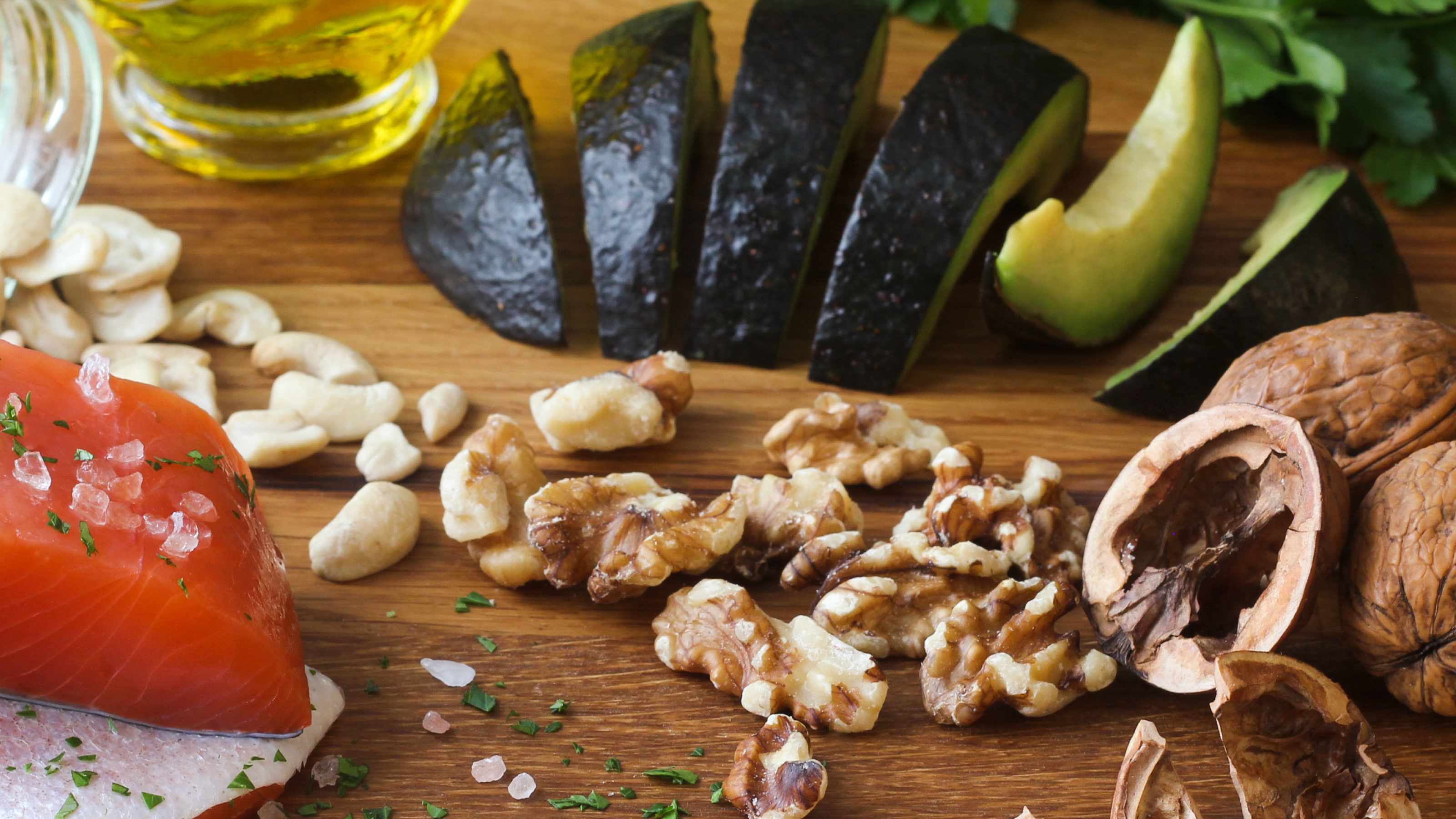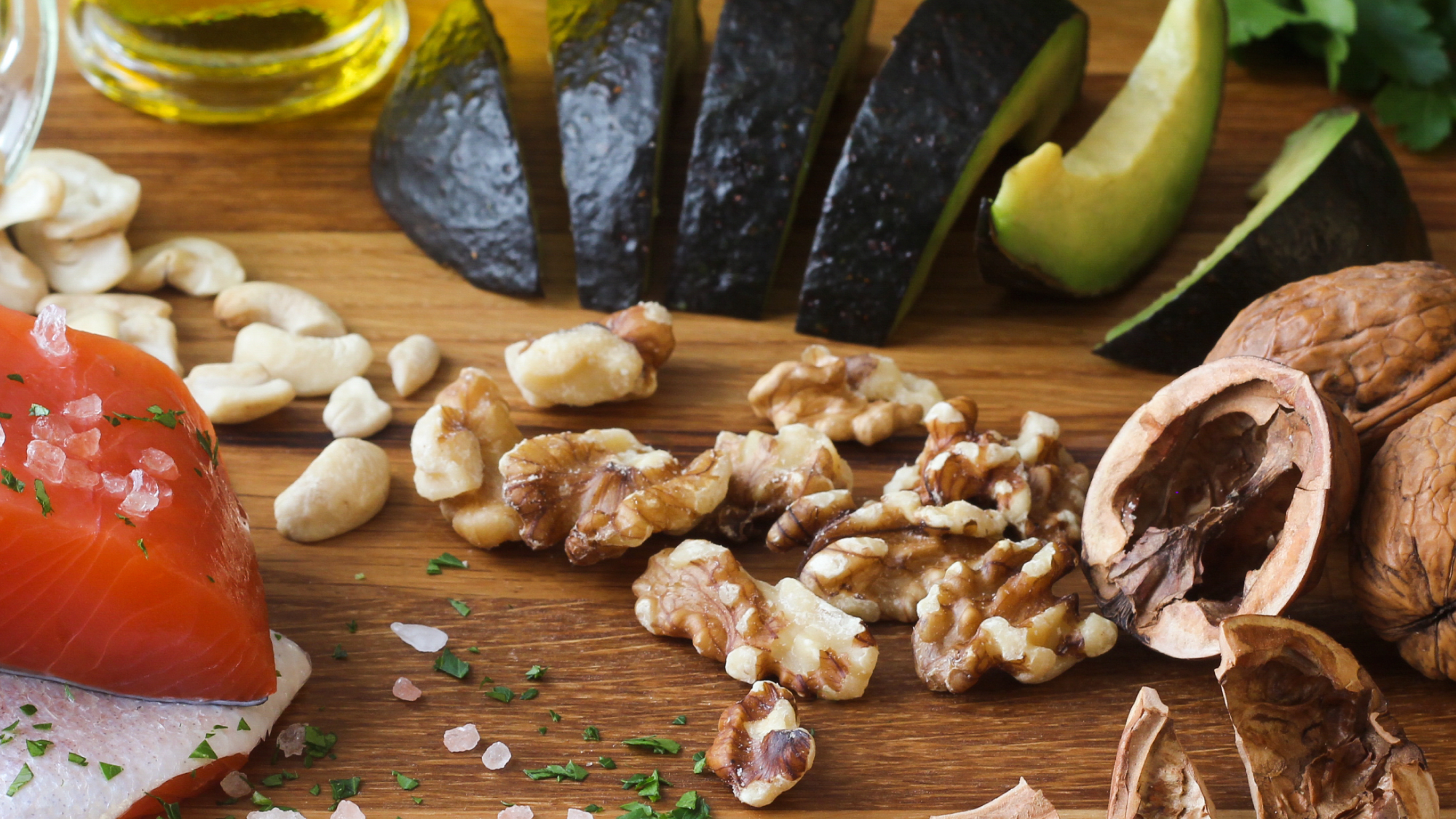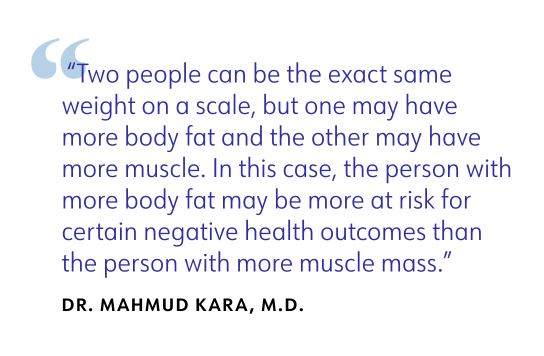What’s the difference between fat loss and weight loss?


If the world of health goals was a high school, weight loss would be the prom queen while fat loss would be closer to the editor of the yearbook–people know it’s important, but it’s not talked about nearly as much. Please see: weight-loss drugs, weight-loss doctors, and the often-oversized importance of the number on the scale. But fat loss might actually be more deserving of popularity, since it’s responsible for the real health benefits that come from losing weight. Discover the nuances between weight loss and fat loss–what they each mean, whether it’s possible to choose one over the other, and the right way to track your progress.
What’s the difference between weight loss and fat loss?
It’s easy to tell when you’re losing weight: You step on a scale and see a lower number. What that weight loss means is that you’ve decreased your overall body composition, says Stephanie McBurnett, RDN, the nutrition educator for the Physicians Committee for Responsible Medicine. Weight loss can come from a decrease in fat, but it could also be due to a loss in water retention or muscle mass. Fat loss, on the other hand, means just what it sounds like: a decrease in adipose (fat) tissue from anywhere on your body.
There are some key differences between losing fat and losing weight. For example, losing water weight might seem exciting because it happens quickly, but it doesn’t improve your health and the pounds can quickly come back. Fat loss, on the other hand, is slower but longer-lasting–and generally comes from sustained lifestyle choices (you know the drill: prioritizing healthier foods, moving your body more).
Fat loss is also where the health benefits of weight loss come from, since excess body fat is associated with health issues like type 2 diabetes and heart disease. “Reducing your fat percentage lowers your risk of chronic diseases like stroke, cancer, hypertension, and sleep apnea,” McBurnett says. And that's the entire goal of losing weight at all: to optimize your weight health, or the impact your weight has on your health and well-being.
Should you prioritize fat loss or weight loss?
File this under: Things you shouldn’t really worry about. It’s not possible to pick and choose whether you lose weight overall or specifically fat (just like you can’t make yourself lose fat from a specific place on your body–where you gain and lose weight largely comes down to genetics). But if you lose weight in a healthy, sustainable way, like by following the WeightWatchers® program, you will lose fat.
Weight loss tends to follow a typical pattern. At the very beginning, when you switch from your typical diet to one with fewer calories, you are likely to first lose water weight. This is because your body is burning through its glycogen stores, which is glucose your body has held onto for future energy needs (your body uses a lot of water when storing glucose, so when you use the stores up, water weight goes down).
This phase tends to have fast weight loss, but then your scale might not budge for days (or weeks!), McBurnett says. But keep at it, because if you stick with healthier habits, you will start to lose mostly body fat around a month into your weight-loss journey.
Tell me more about…body composition
When it comes to understanding the difference between weight loss and fat loss, a little body composition knowledge can be helpful. “Body composition refers to the components that constitute the body,” explains Dr. Aleem Kanji, M.D. a board-certified internist and endocrinologist based in Houston, Texas. At its most basic level, this means water, fat, muscle, and bone.
Water: Up to 60% of your body is made up of water, which regulates body temperature, cushions the brain, removes waste from your body, and more.
Fat: How much fat you have is determined by various factors—like your age, gender, and lifestyle. While too much fat can raise your risk for certain diseases, you do need some body fat to be healthy, since it plays a role in key processes like brain function and fertility.
Muscle: This includes your quads, biceps, abdominals, and all the other muscles in your body. Having muscle mass is important, not just because you’ll have strength to do all your favorite activities, but also because muscle mass helps with overall health, including improving how well your body responds to stress.
Bone: The weight of your skeleton tends to stay pretty steady, but you can lose bone mass as you age. Ready to chalk up another benefit to staying active? Both resistance training and high-impact exercise (like running) can help keep your bones dense.
“Body composition is often a better health indicator than weight alone,” says Dr. Mahmud Kara, M.D., an internist based in Ohio. “For example, two people can be the exact same weight on a scale, but one may have more body fat and the other may have more muscle. In this case, the person with more body fat may be more at risk for certain negative health outcomes than the person with more muscle mass.”
How do you lose fat without losing muscle?
Whenever you lose weight, it’s almost impossible not to lose some muscle alongside fat. For people with overweight or obesity, experts estimate that 20% to 30% of weight lost is lean body mass such as muscle. While that still means you’re improving your ratio of fat to muscle (the other 70% to 80% of your weight loss is fat), you still don’t want to lose too much muscle. Studies show that how much muscle you have is linked to metabolic health, blood sugar management, and, of course, strength, balance, and ability to do daily activities.
“Focusing on losing fat while simultaneously trying to maintain, or build, muscle mass should be the priority over just reducing the number on the scale,” Kara says. Like losing weight in general, the two key components to maintaining muscle are diet and exercise.
- Eat plenty of protein. Studies show that protein helps you become stronger and limits age-related muscle loss—especially when coupled with strength training. Reach for tuna, shrimp, eggs, Greek yogurt, salmon, edamame, and lean beef.
- Work your muscles. Those muscles require training or they’ll disappear, McBurnett says. “Put in two days per week of weight training and a few days of cardio (which can include walking, especially for older adults).” You don’t need access to a fancy gym: Working out with your own bodyweight–including squats, lunges, step-ups, and sit-ups–does the trick.


Is it possible to lose fat but not lose weight?
Yes! For example, if you’re strength training, your actual weight may not drop, but your pants size probably will. This is because muscle takes up less space than fat. “Some people may see a decrease in inches, like waist size, but not weight—again due to the reduction in fat and gain in muscle mass,” Kara says.
How do you know if you’re losing fat when the scale seems stuck? There are complicated methods, like using skin calipers to pinch the subcutaneous fat layer or going to a clinic for something called dual energy x-ray absorptiometry (DEXA) imaging, but you can also just measure yourself. McBurnett recommends taking measurements of your chest, waist, and hips. “Getting on the scale everyday can be anxiety-driving. I recommend measuring yourself once a week or once a month and just using it as a data point—not a be-all, end-all.”
The bottom line
As natural as it can be to link weight loss with fat loss, they aren’t the same thing. When you lose weight, you might be losing water weight (especially at the beginning) or muscle mass along with fat. How much fat you’re losing isn’t really in your control–what you should focus on is maintaining healthy habits for the long-term and building muscle to see the most health benefits. “True fat loss,” says McBurnett, “is a slow process. And slow is good.”
WeightWatchers relies on only the most trustworthy sources, including highly credentialed experts, government and academic institutions, peer-reviewed studies, and respected medical associations. We focus on primary sources and research that is recent, relevant, and high-quality. For more about how we report, write, and fact check our stories, please see our editorial policy.
https://www.ncbi.nlm.nih.gov/pmc/articles/PMC6566799/